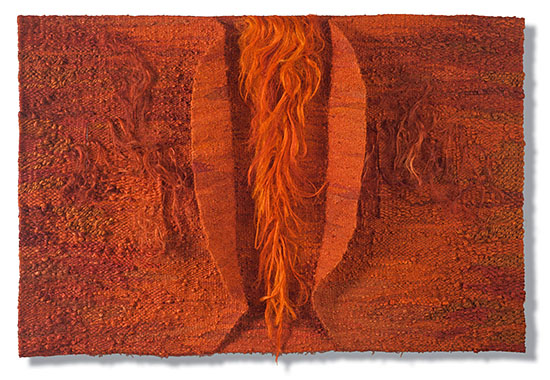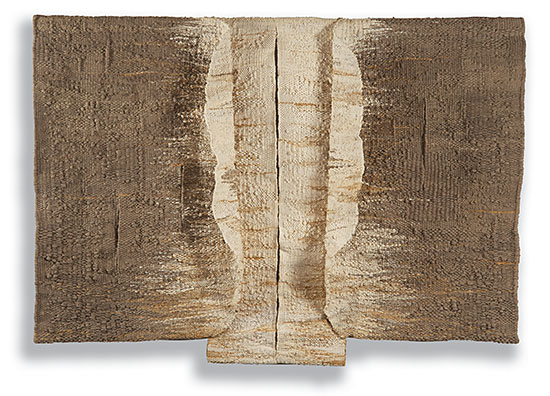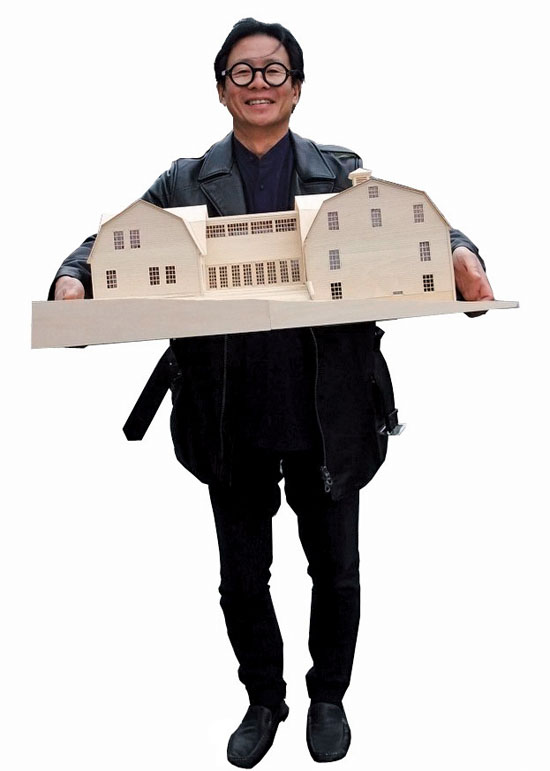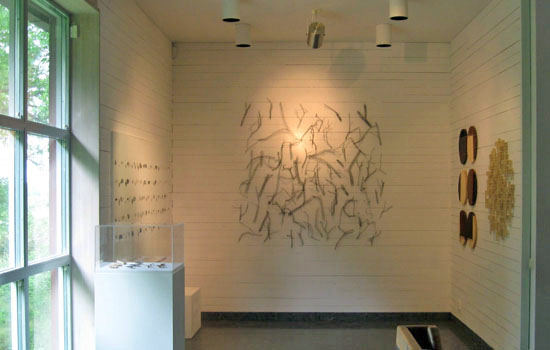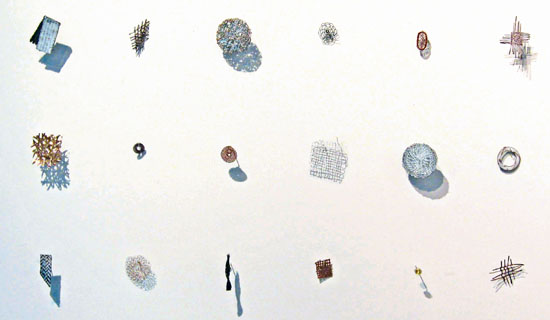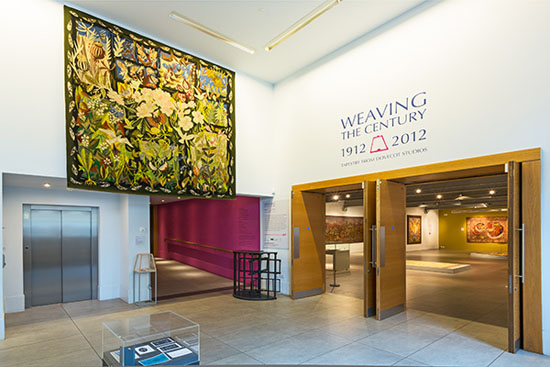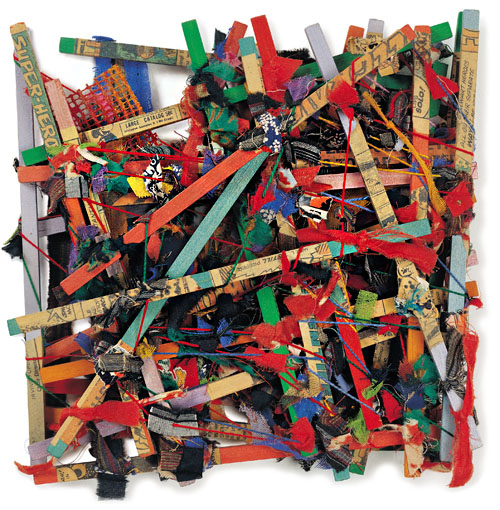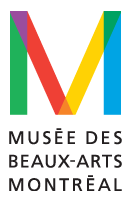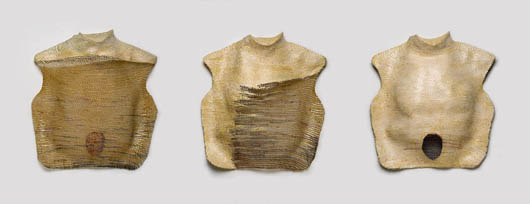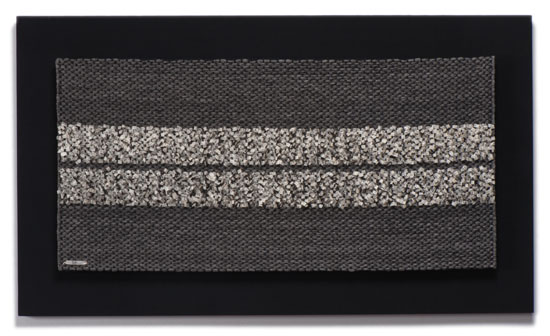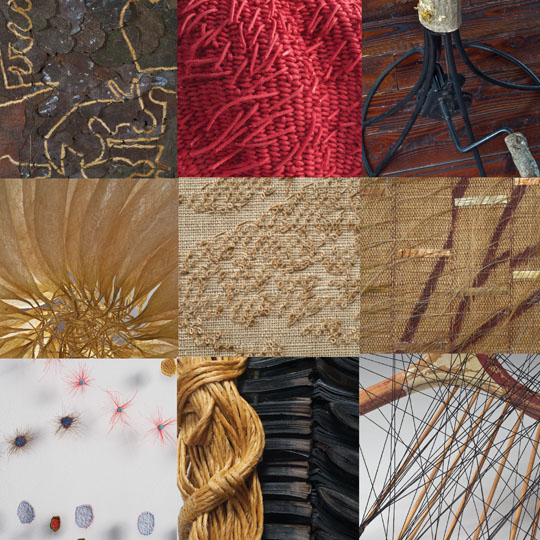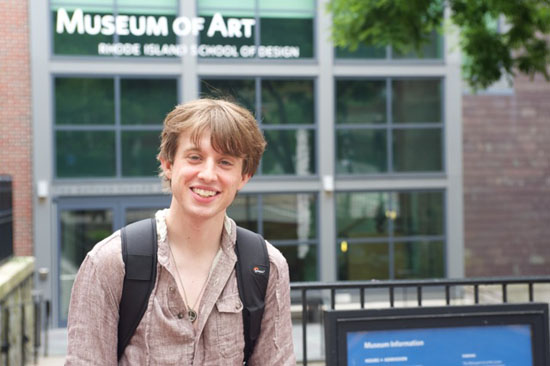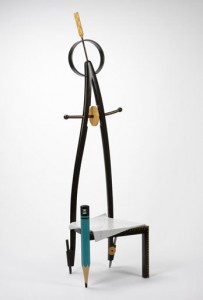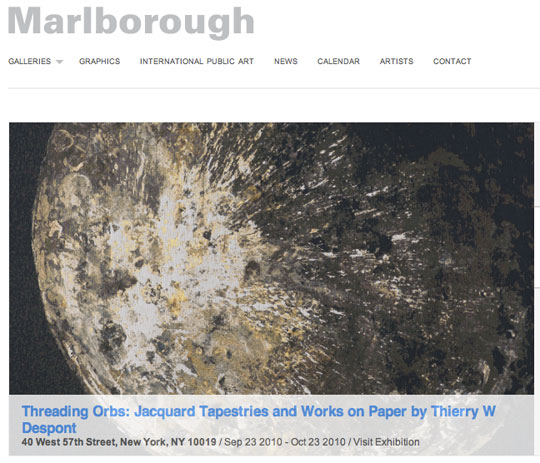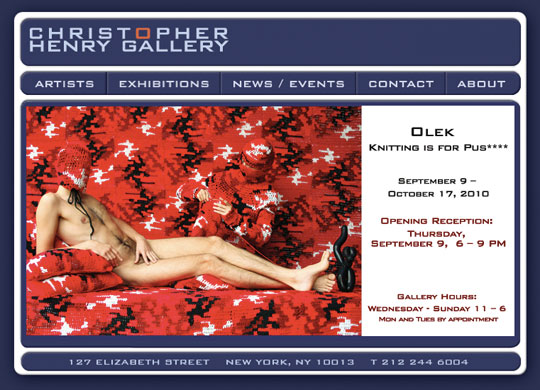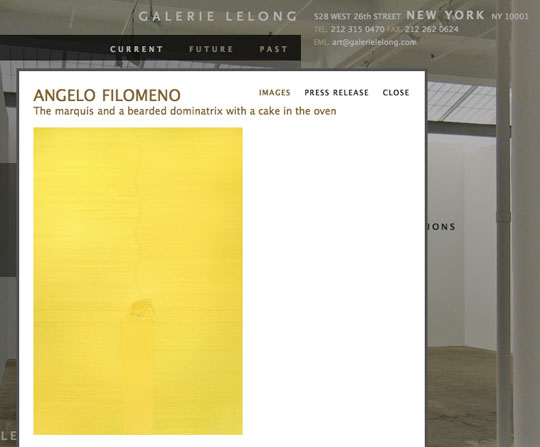Just a few days remain to see the impressive survey of works by Magadalena Abakanowicz at Marlborough Gallery in New York. Marlborough’s exhibition includes 55 works created over a 21-year period from 1987 to 2009. Pieces from several of the artist’s various “cycles,” including War Games, Hoofed Mammal Heads, Coexistence and the Anatomy Cycle as well as three of the artist’s “crowd” figures, including Bambini, a group of 10 children, from 1998-99.
Abakanowicz who is recognized as among the most original and powerful sculptors working today, initially gained international recognition for her remarkable, over-sized dimensional works of fiber. In Warsaw, in the late 50s and early 60s, Abakanowicz worked with what was available. “I could not pick up stone or marble and go to a foundry because there was no stone, no marble and no foundry to cast it,” she told Rita Reif of The New York Times in 2001, The Jackboot Has Lifted. Now the Crowds Crush. “This absence brought me to what they call the ‘world of fiber.’ It would never have happened if everyday life had been different. I needed to build something around me like a fence, to shut out the unpleasantness.” She called her early works, made of sisal ropes salvaged from the docks on the Vistula River in Warsaw “constructions” Abakanowicz has said that she had no desire to learn weave. Nonetheless, one of her first woven works, Composition of white forms, created a sensation at the first international Biennial of Tapestry in Lausanne, Switzerland in 1962, not only because of the monumental scale — large enough to walk into, but because the work was such a departure from pictorial tapestry conventions. Though now far better known as a sculptor, Abakanowicz continued to create tapestry forms, albeit unconventional ones, through at least the mid-80s.
Magdalena Abakanowicz: A Survey 1987-2009, Marlborough Gallery, 40 West 57th Street, New York, NY, 10019, 212-541-4900. To see a sampling of the exhibition, visit: http://marlboroughgallery.com/exhibitions/magdalena-abakanowicz-a-survey-1987-2009.

